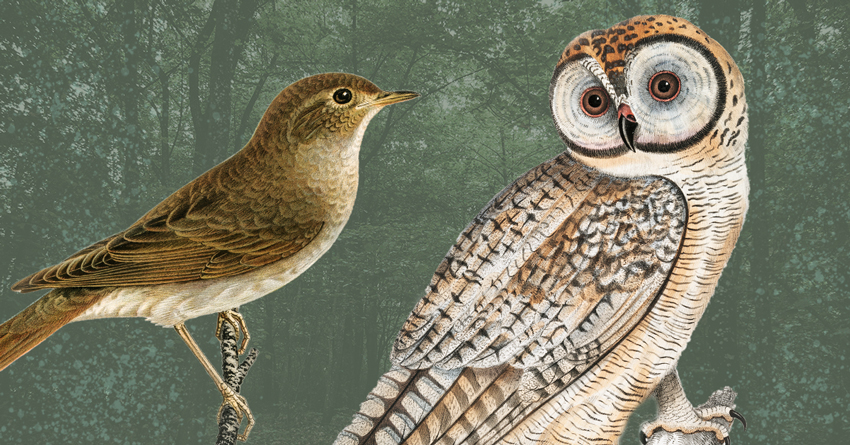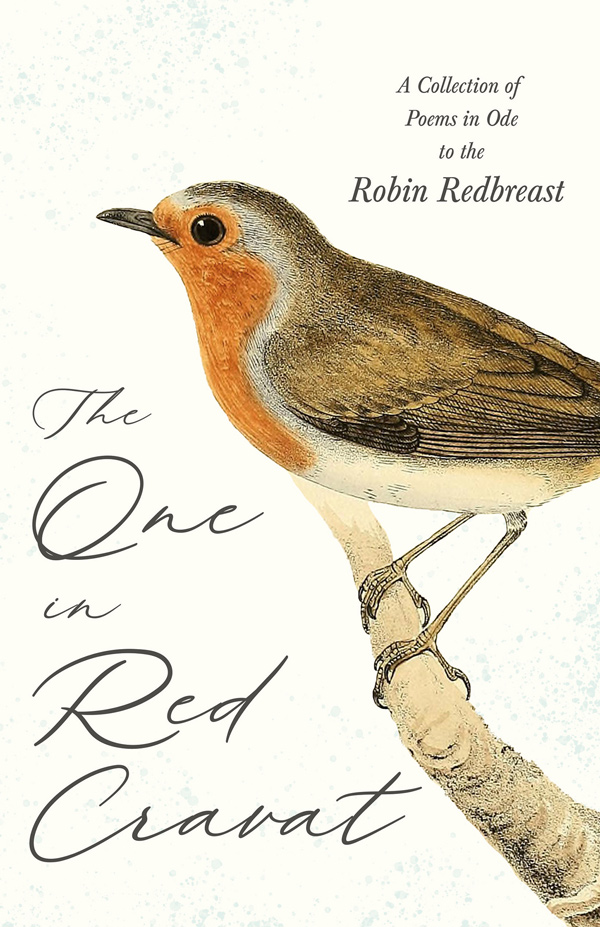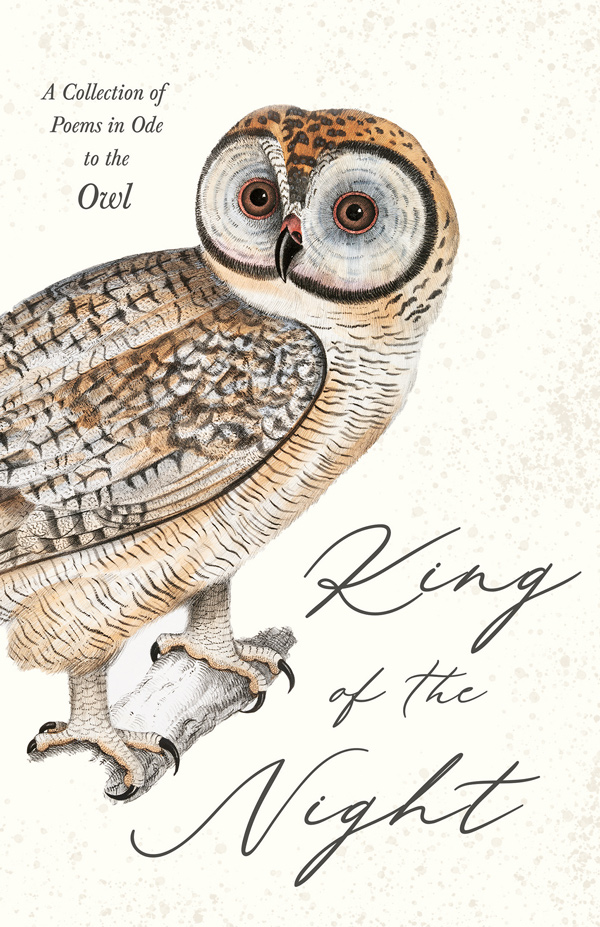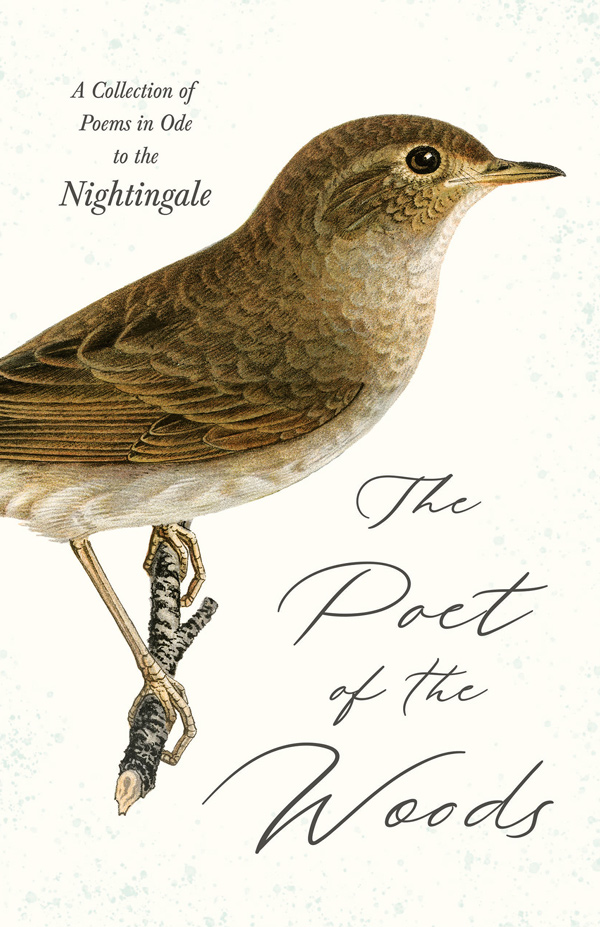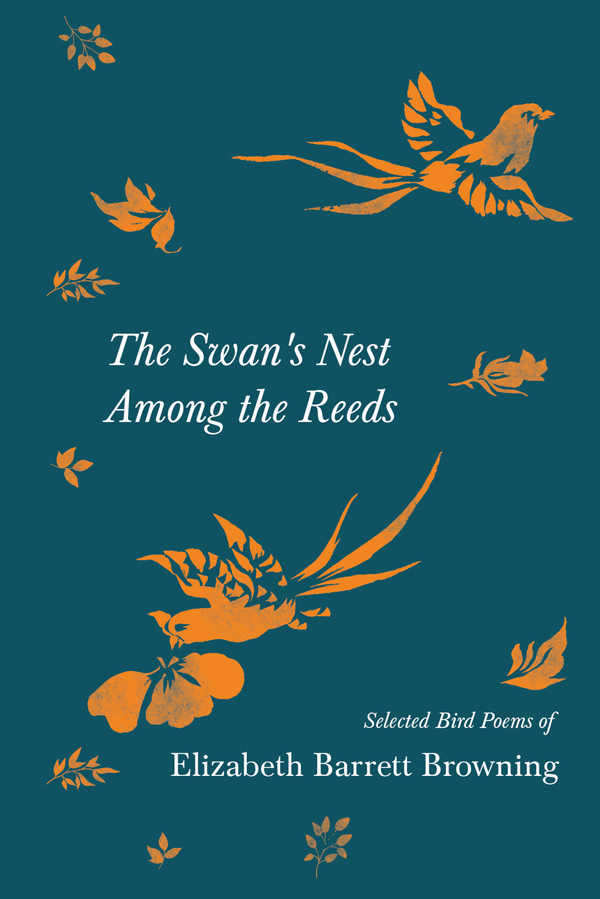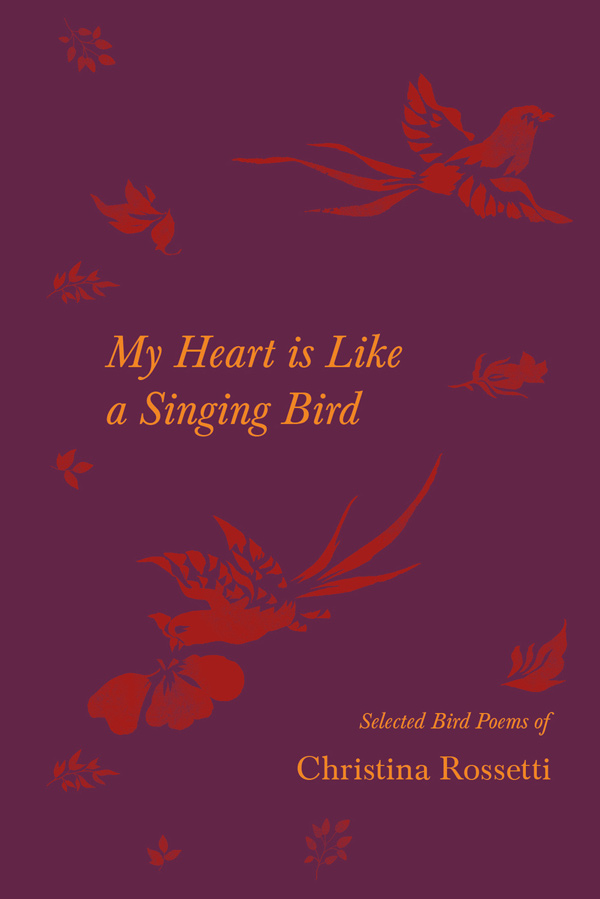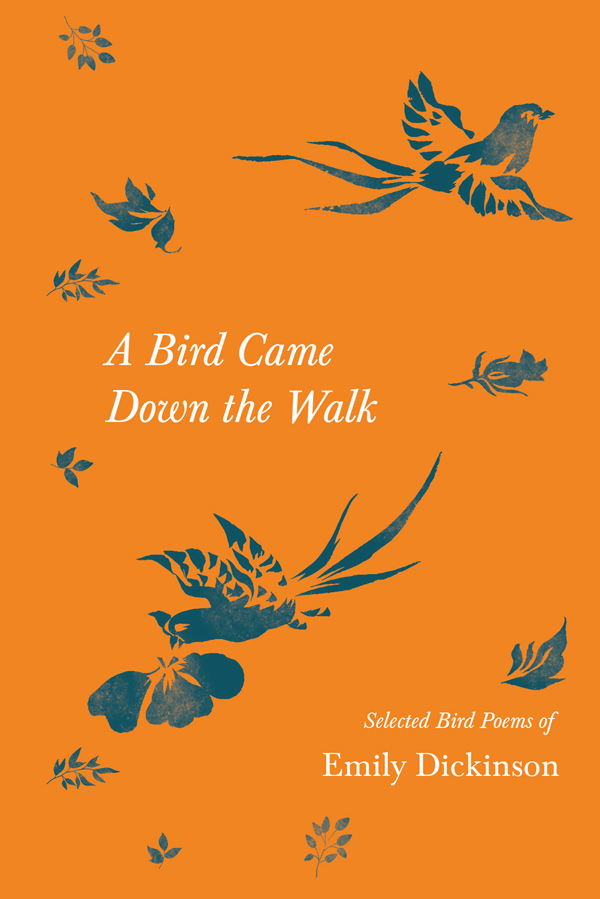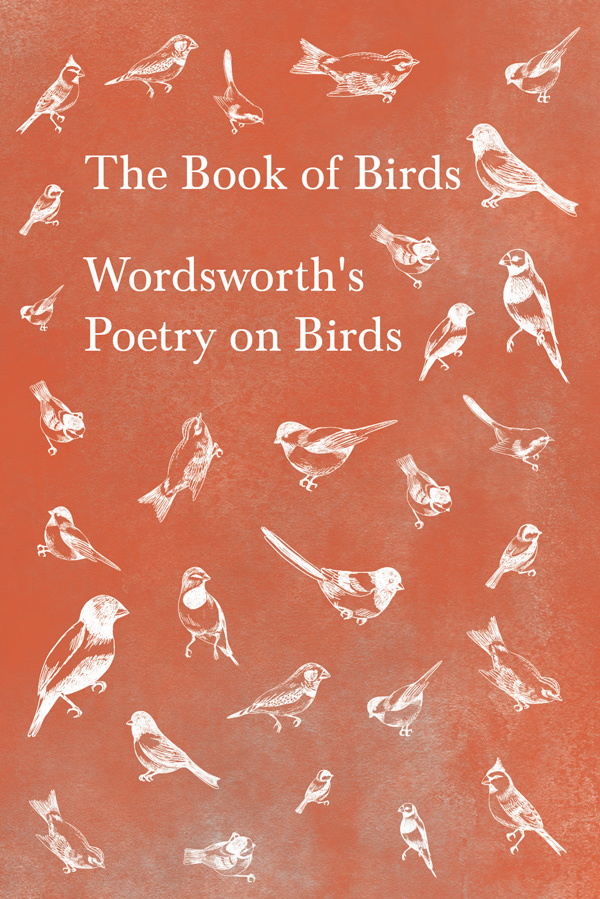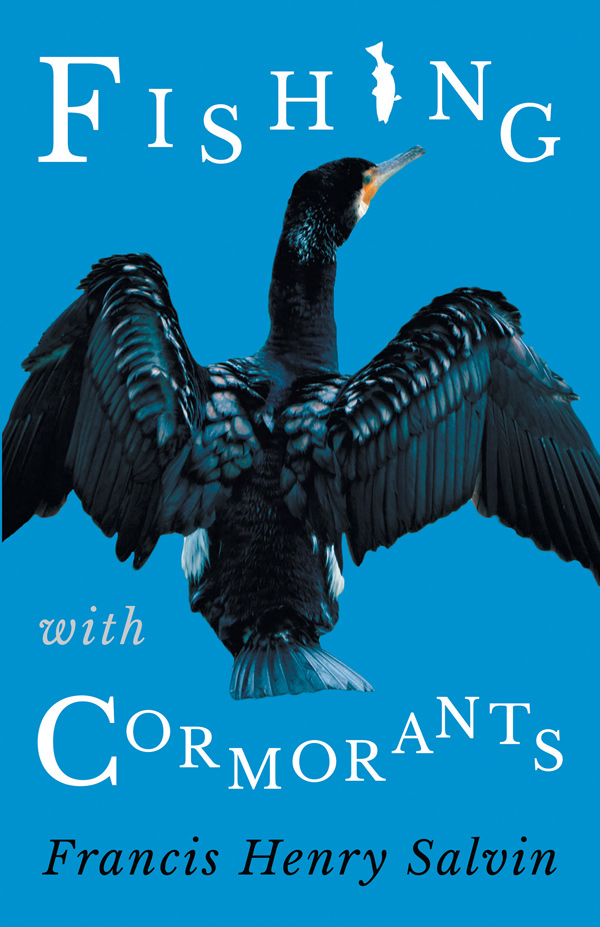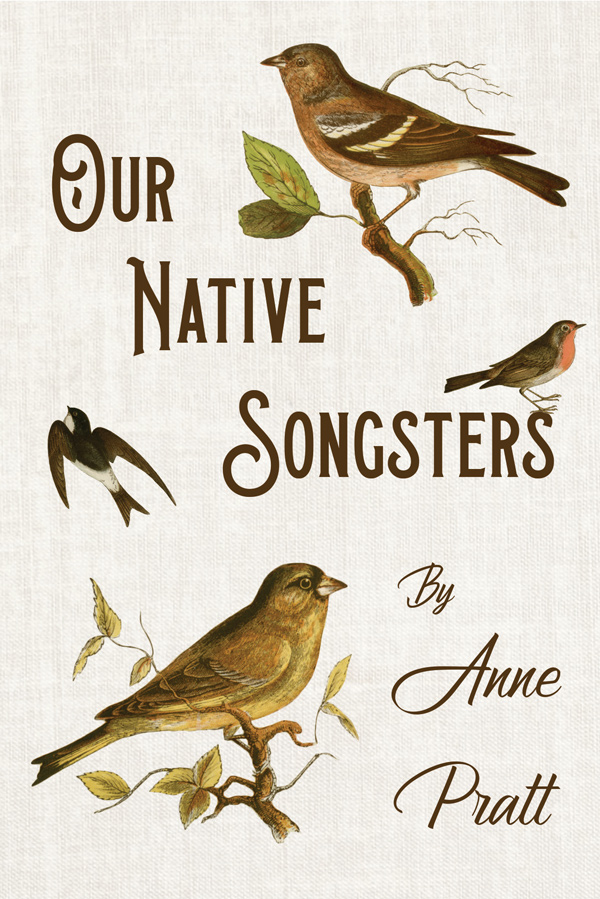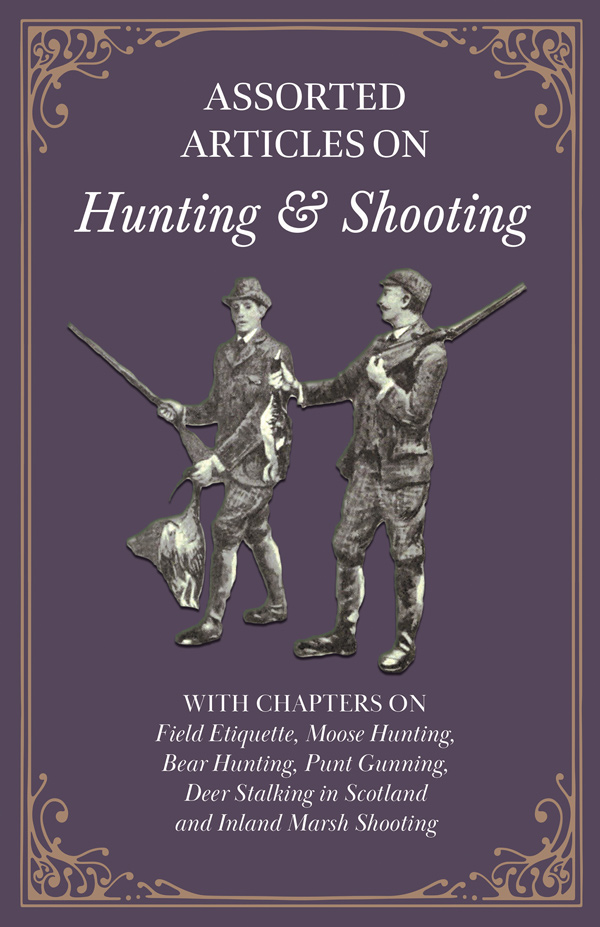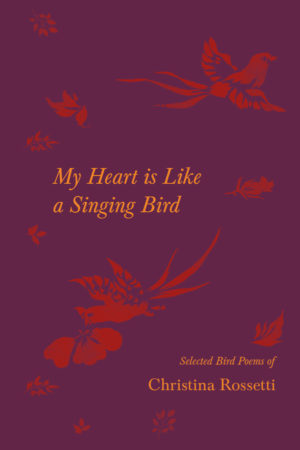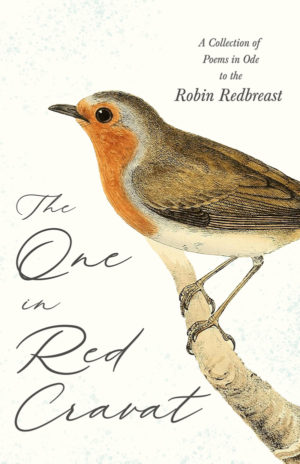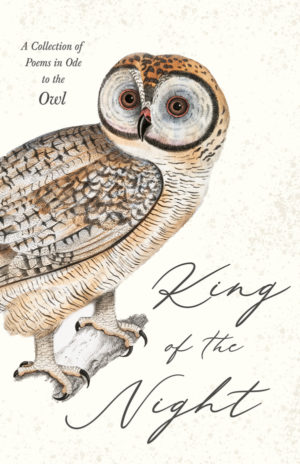Birds have appeared in poetry for centuries. A common source of inspiration, from William Shakespeare’s classic ‘The Seasons’ to Samuel Taylor Coleridge’s Romantic ‘The Nightingale’ to Edgar Allan Poe’s Gothic ‘The Raven’, poets have long been influenced by our winged companions.
Collected Bird Poems
Frequently used to symbolise a range of emotions, thoughts, and feelings, different poets have interpreted various species of birds in poetry in myriad ways. Birds of prey, for example, are often used to highlight strength, power, and trouble within the soul. In contrast, songbirds can represent hope, joy, and innocence. The significance of birds’ flight is something many poets have explored; the freedom that birds possess is one that man can only truly reach in death. It is often thought that birds are ‘nature’s poets’ because their famous melodies echo the lyrical quality of humanity’s poetry.
“Sweet poet of the woods – a long adieu!
Farewell, soft minstrel of the early year!”
Charlotte Smith, On the Departure of the Nightingale
Symbols of Freedom and Death
Christina Rossetti (1830–1894) was an English poet, who wrote many pieces centred around death. In one such poem, ‘The Months: A Pageant’ (1881), Rossetti explores the idea that death is the destiny of humans, as flying is the destiny of birds. In the ‘April’ chapter, the speaker is the month of April, which is commonly used to represent rebirth, hope, and joy. However, Rossetti takes a different approach. April states, ‘Birth means dying,/As wings and wind mean flying’ and she goes on to say, ‘sometimes I sit sighing to think of dying/But meanwhile I’ve a rainbow in my showers,/And a lapful of flowers’. April fails to acknowledge the ‘hope and sweetness’ with which we often associate the month and is instead caught up in the melancholy caused by her lack of freedom and the certainty of death. The three baby sparrows contrast her feelings as she observes them gaily sing and ‘chirp of spring’ – they represent a freedom that the speaker will never obtain. Sparrows are often used to symbolise simplicity and empowerment, and in ‘The Months: A Pageant’, it is their simple existence that gives them power, as opposed to April’s complexity, which causes her sorrow.
American poet Emily Dickinson (1830–1886) also used birds to symbolise freedom and explore the theme of death in her poetry. Her poem ‘In the Garden’ highlights the distance between birds and humans as she observes a small bird in her garden. Written in iambic pentameter, the poem reads to the same rhythm as a bird hopping down a path. When the speaker offers the bird a crumb, it takes off in flight that ‘rowed him softer home/Than oars divide the ocean,/Too silver for a seam’. This description transforms the sky into the sea, and the meter becomes softer accordingly. The poem continues, ‘Or butterflies, off banks of noon,/Leap, splashless, as they swim.’ The sea-like sky is now time itself, and the bird is swimming through it. The freedom that this simple act of flight encompasses is comparable to the freedom humans can only experience through death when we are no longer restricted by time.
“Hope is the thing with feathers/That perches in the soul,/And sings the tune without the words,/And never stops at all”
Emily Dickinson, Hope
Birds, Religion, and Poetry
Elizabeth Barrett Browning (1806–1861) was an English poet known for her religious themes. Her moral poem ‘Patience by Nature’, highlights that while humans complain of our ‘dreary life’, birds remain happy and content with what God has given them and ‘sing through our sighing’. Barrett Browning also explores this idea in ‘My Doves’, which she wrote after receiving caged doves as a gift. She writes of the beautiful home they have left behind in trade for their caged existence with her. Instead of losing heart in this transition, the doves adapt and become a metaphor for the necessity of finding happiness and religious faith even in the darkest times. Barrett Browning takes a lesson from her doves that she should find peace and trust in God and allow Him to be her ‘seaward hill’, her ‘boundless sea’, and then her faith will be rewarded with spiritual freedom.
“Sweet Robin, would that I might be/Bathed in my Saviour’s blood, like thee”
George Washington Doane, Robin Redbreast
Similarly to the dove, many poets have used the robin as a religious symbol throughout poetic history. Both ‘Robin Redbreast’ by George Washington Doane and ‘Robin Redbreast’s Reward’ by James Ryder Randall tell the story of a robin present at Christ’s crucifixion. The tale claims that after the crown of thorns was placed on Jesus’ head, a robin flew over and retrieved the thorn that had been buried into His skin. Here the story varies slightly, either implying that the robin’s redbreast was caused by the dripping of Jesus’ blood from the thorn onto the bird’s feathers or that the robin himself was impaled by the thorn so bled onto his own chest. Both versions of the tale demonstrate the robin’s faith and determination to serve God in whatever way he could – an inspiration and a guide for how a good Christian should behave.
Feathered Myths and Legends
Birds are also common metaphors in Greek mythology. Philomela was the princess of Athens, daughter of the King of Athens, Pandion I. Her sister’s husband, Tereus, the King of Thrace, raped Philomela and commanded her to be silent and tell no one of his act. However, she was defiant, and Tereus cut out her tongue and abandoned her, mutilated, in the woods. The gods then transformed Philomela into a nightingale, reflecting nature’s truth because only male nightingales can produce a song while the females are mute. This myth has inspired many works of tragic poetry, including ‘The Nightingale’ by Sir Philip Sidney, wherein he explores Philomela’s grief.
John Keats, Samuel Taylor Coleridge, and John Clare all have poems dedicated to the nightingale. Still, instead of focusing on Philomela’s melancholic tale, they choose to focus on the joy and immortality of the bird’s song. Clare states: ‘I could not think so plain a bird/Could sing so fine a song’.
“A melancholy Bird? O idle thought!/In nature there is nothing melancholy.”
Samuel Taylor Coleridge, The Nightingale
It is also Roman mythology that has inspired many of the well-known bird poems. Minerva is the Roman goddess of wisdom, warfare, justice, and poetry. Her knowledge and wisdom are symbolised by her companion, an owl known for its intellectual superiority. In Charlotte Smith’s poem ‘The Dictatorial Owl’, the owl is so enthralled by her own wisdom and power over the other birds and forest creatures that she overlooks the fact that those who ‘think themselves much wiser than their neighbours’ often end up alone with wounded pride, abandoned by those they believed themselves to be better than. In this, Smith uses the myth of Minerva’s owl to imbed a tale of morality in her poem.
In contrast, William Shakespeare (1564–1616) wrote of the joy of the owl in his poem ‘The Seasons’. He describes the ‘merry note’ of the bird’s ‘Tu-whit; Tu-who’ in contrast to the human’s struggle through the cold winter. Shakespeare marks the brightness a single call of birdsong can bring in the dark months – a perfect metaphor for surviving winter days.
Birds have inspired poets throughout literary history and continue to do so. Most of the poems mentioned above praise nature for its beauty and power, and as the world becomes gradually urbanised, poets now echo these sentiments. In celebration of the natural world and the time-unwavering bond between man and bird, discover charming collections of beautiful, thought-provoking bird poetry from Ragged Hand Books and further explore the many ways birds have influenced poets throughout time.

